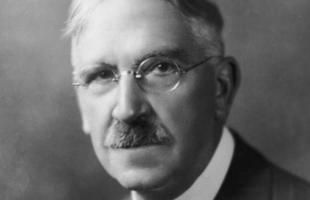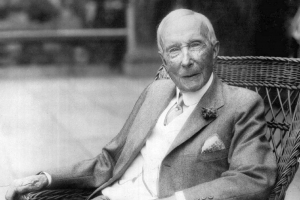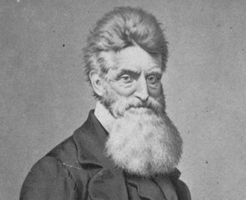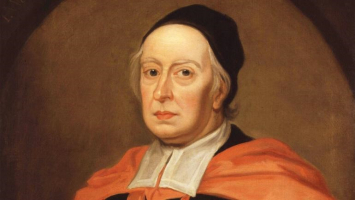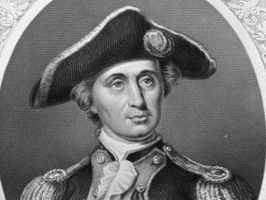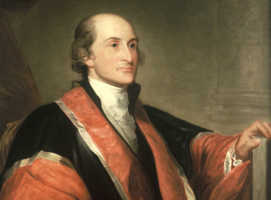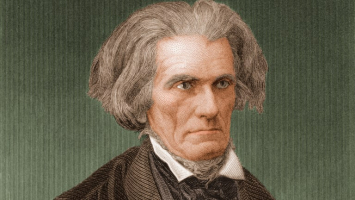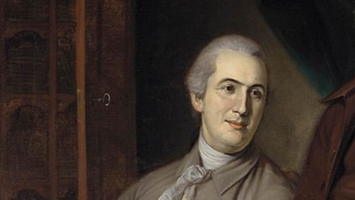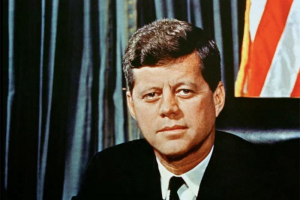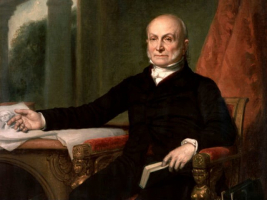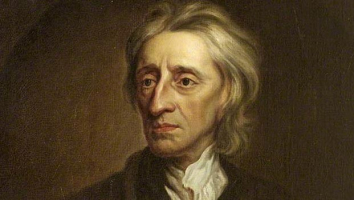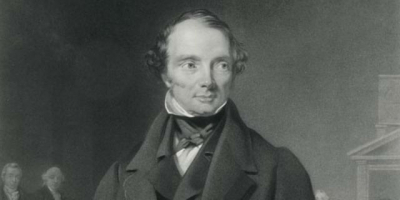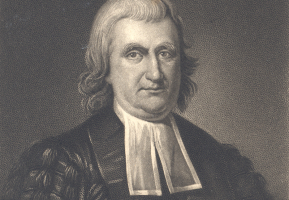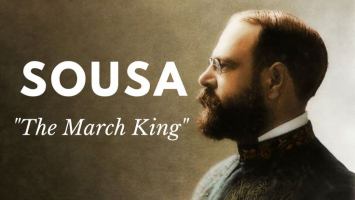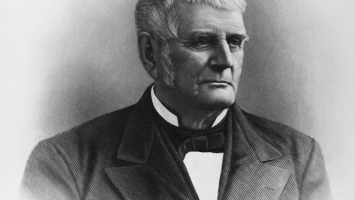Top 3 Interesting Facts about John Hancock
Most folks have heard of this famed politician, if not for the fact that his name is often synonymous with the word signature. But besides the fact that he was ... read more...the first and only signer of the Declaration of Independence on July 4, 1776 (the other delegates signed weeks later), what else do we really know about him? Read on to learn some fun, interesting facts about John Hancock.
-
John Hancock and fellow revolutionary Samuel Adams were staying at Hancock's grandfather's old house in Lexington, Massachusetts on April 18, 1775. They had no idea that in a matter of hours, the shot that would be heard around the world would be fired. General Thomas Gage led 700 red-coated soldiers to seize a local colonial militia's arsenal on the British government's orders; others thought he also intended to arrest Adams and Hancock.
Paul Revere, a famous silversmith, famously rode out to Lexington that night and warned the locals as he went. Revere arrived at a late hour and was able to warn Hancock and Adams before moving on to Concord. However, the British briefly held him along the way, and after he was let go, he turned around to make sure that Hancock and Adams had actually escaped.
Revere was shocked to find that Hancock had stayed. Instead, he vehemently insisted on remaining in place and joining the militiamen in battle. He declared, "I would never turn my back on these troops if I had my musket." Revere and Adams eventually persuaded him to leave, claiming that the British would achieve a significant moral victory by imprisoning such a powerful patriot. Selling this wasn't simple. Hancock's fiancée, eyewitness Dorothy Quincy, noted that "Mr. H. could not be persuaded till break of day."
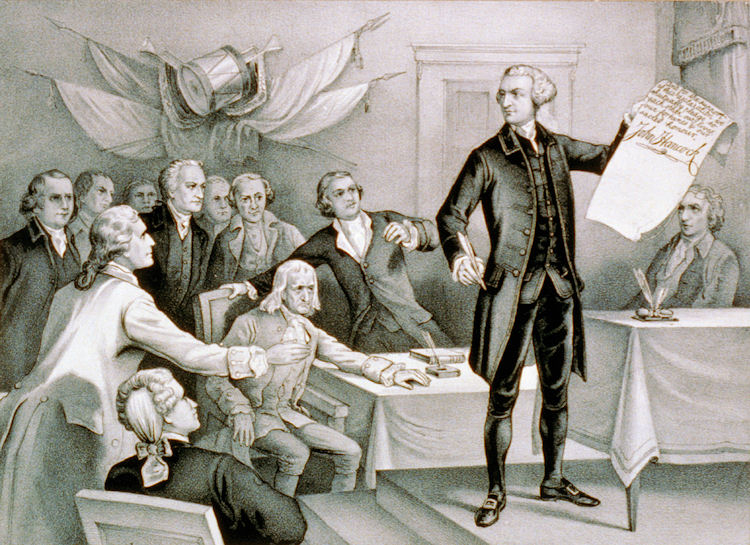
Photo: https://www.history.com/topics/american-revolution/john-hancock 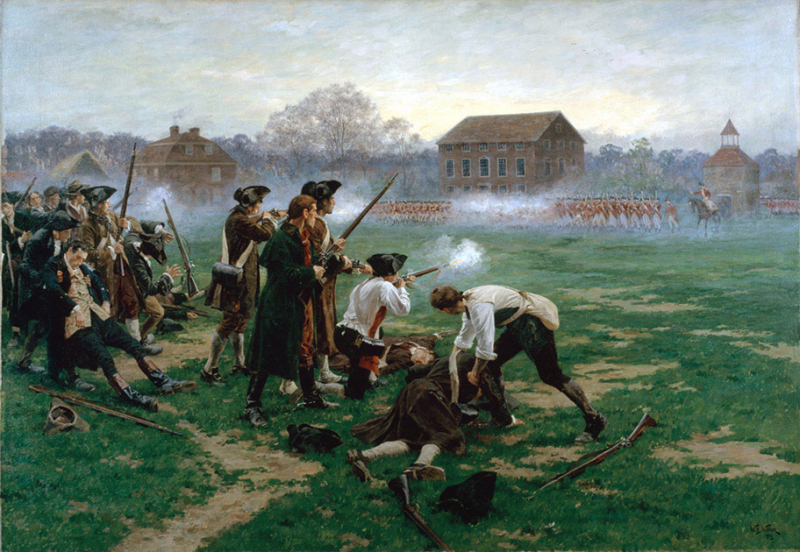
Photo: https://www.history.com/topics/american-revolution/john-hancock -
One of the interesting facts about John Hancock is that he was serving as the Second Continental Congress's interim president at the time. As a result, in July 1776, he was the first to sign Thomas Jefferson's historic declaration. Only Hancock and Secretary Charles Thompson's signatures are included on the initial printed copies. These typeset documents were sent to the colonies before a handwritten copy that was exactly the same was produced. This copy eventually collected 56 signatures, the majority of which were written on August 2. It is presently on exhibit at the National Archive.
Hancock's signature dwarfs the competitors, as you'll quickly see. Most of them occupy a space of between one and 2.5 square inches. Hancock's signature, though, is by far the largest at 6.1 square inches. What made him outdo everyone else? Historians are uncertain.
You can, however, at least remove one prevailing misconception regarding the matter. There, making a guess King George will be able to read that, Hancock reportedly yelled as he scrawled his oversized signature. However, there is no verified evidence that he ever said this.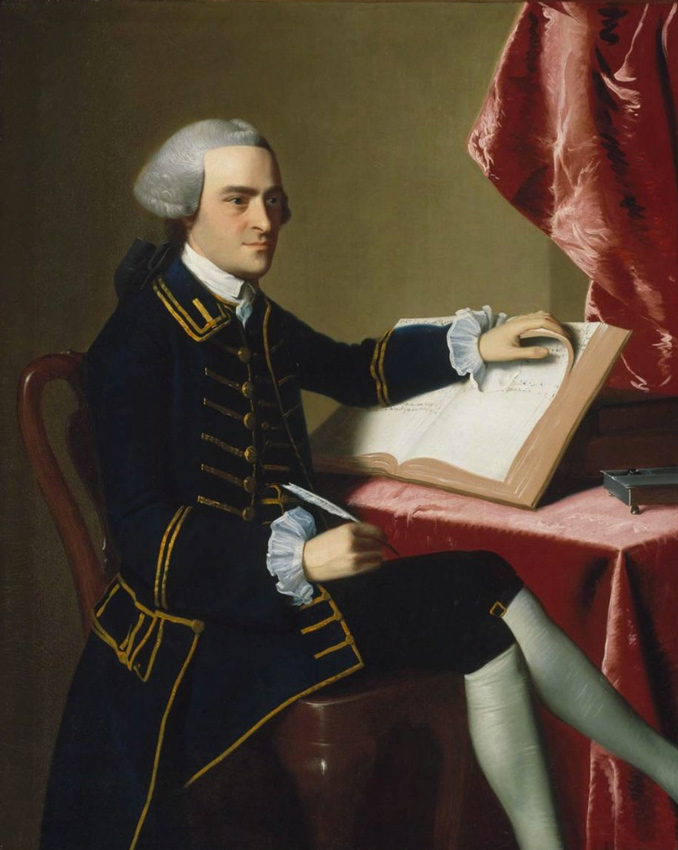
Photo: https://allthingsliberty.com/2019/07/the-declaration-of-independence-did-john-hancock-really-say-that-about-his-signature-and-other-signing-stories/ 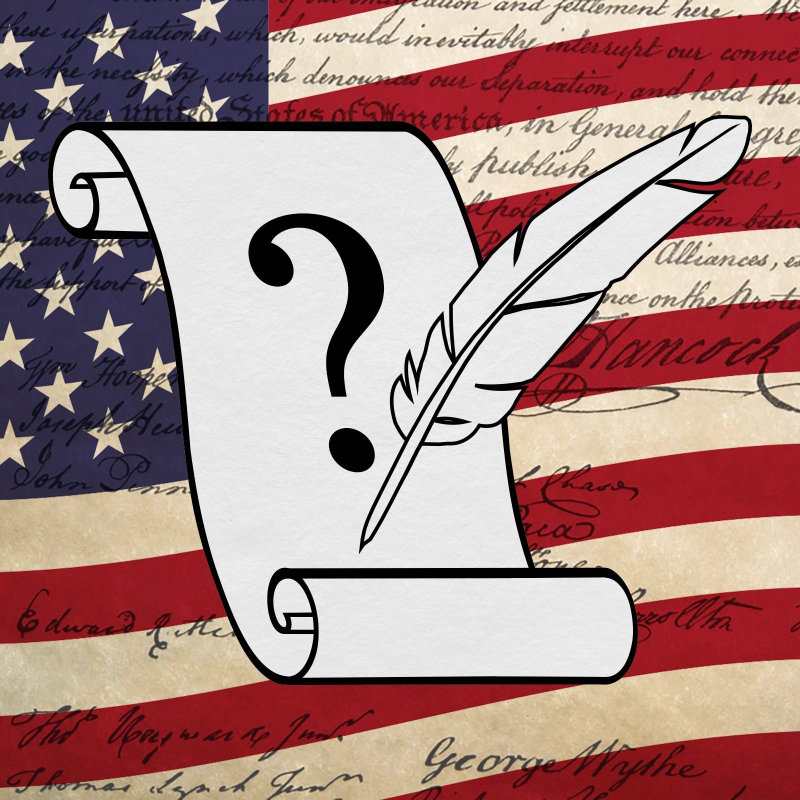
Photo: https://www.rd.com/article/most-valuable-signature-declaration-independence/ -
Samuel Adams, a politician and brewer, first thought highly of John Hancock. Here was a strong, ambitious man who was the main source of income for several hundred families. Adams used his clout to assist the businessman in 1766 in getting a seat in the Massachusetts House of Representatives. There, Hancock became one of the colony's most outspoken critics of Britain very fast.
Hancock earned a lot of credit for the March 20, 1766, repeal of the despised Stamp Act. Soon after, a large group of Adams' supporters—whom he referred to as the "Sons of Liberty"—flew to the hero's house. Hancock, who was overjoyed, delighted the audience by giving away 125 gallons of Madeira wine.
Sadly, the warm Adams-Hancock relationship quickly cooled. Hancock, who had coveted the position of commander-in-chief of the continental army, believed that Adams had tipped the scales against him after George Washington was chosen to lead the army in 1775. Hancock was serving as the Second Continental Congress's acting president at the time. Adams and the rest of the Massachusetts delegation angered him by rejecting a resolution that would have thanked Hancock for his service after he left that position. Once Hancock was elected governor of his home state and Adams often supported his rivals, things only got worse.
However, the feuding couple did reconcile in 1787 to support the new U.S. Constitution. Additionally, when Hancock passed away, Lieutenant Governor Adams assumed the office of governor. The day of Hancock's interment was solemnly celebrated as a state holiday on the directive of his friend-turned-enemy.
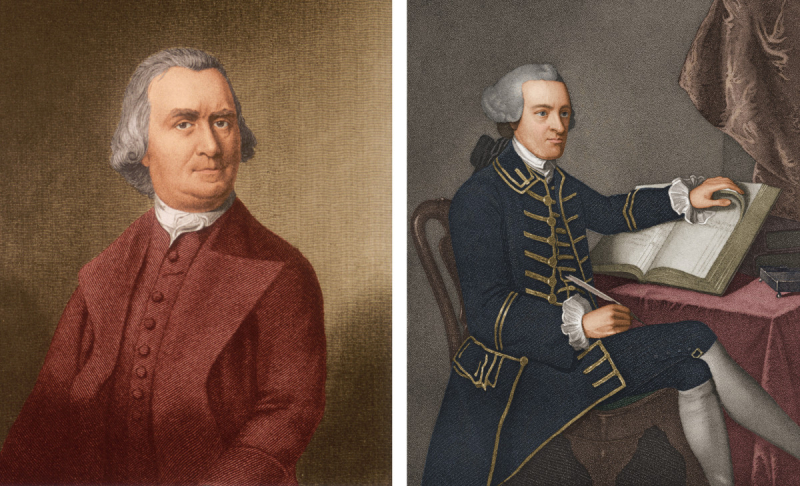
Photo: https://www.history.com/news/sons-of-liberty-members-causes 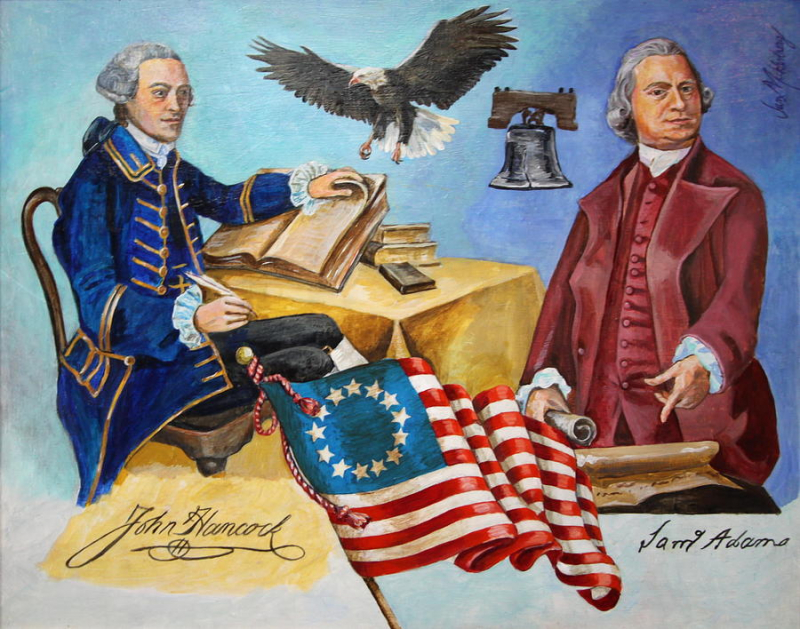
Photo: https://pixels.com/featured/john-hancock-and-sam-adams-jan-mecklenburg.html







